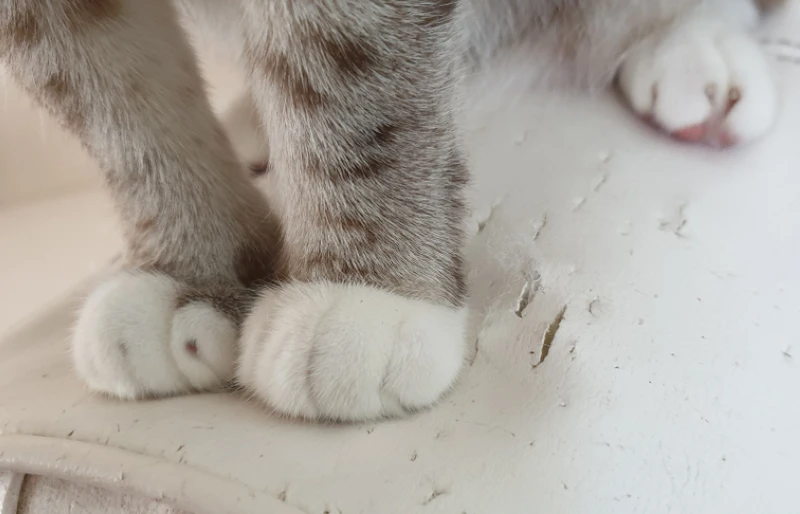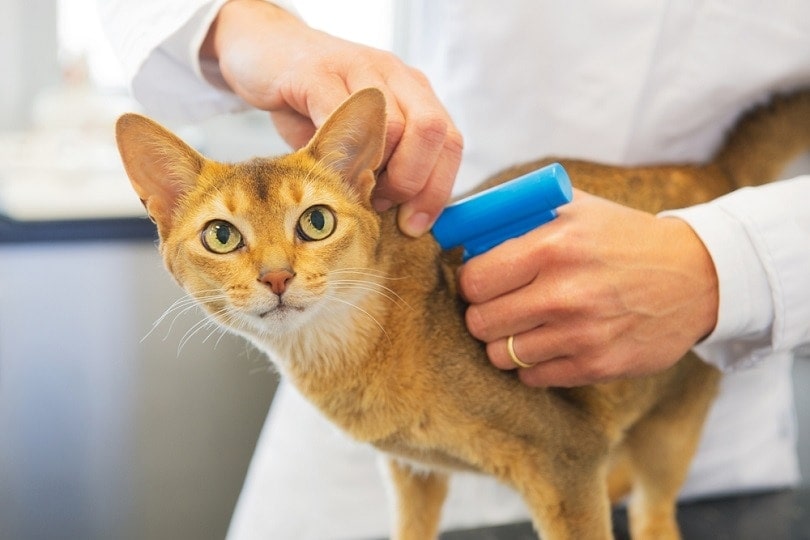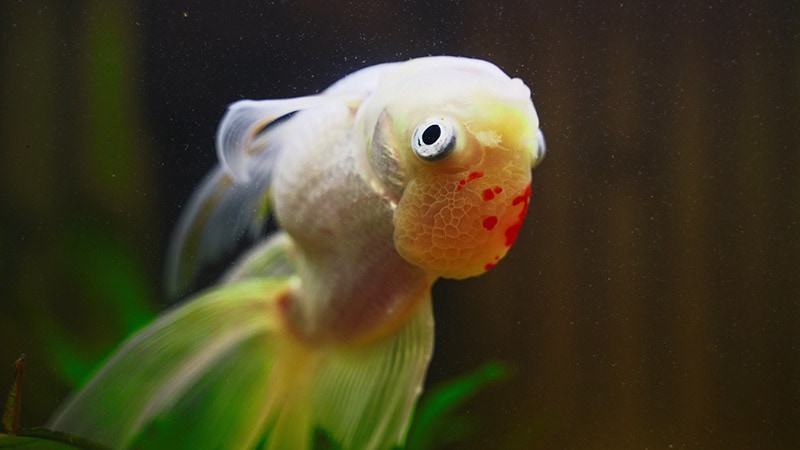How to Repair Cat Scratches on Leather With Olive Oil: 5 Steps to Follow
By Adam Mann
Updated on

Click to Skip Ahead
Cats need to scratch their claws from time to time, and even when you have everything they need for them to do this, sometimes they put their claws in things they shouldn’t. If your cat has taken the opportunity to scratch up your leather, you might be able to fix it with just a little olive oil and elbow grease.
There are a few things you’ll need to check before you start, but if it all works out, you can get your leather furniture back in tip-top shape in no time!
Before You Start
Before you start getting out the olive oil and trying to repair your leather, there are a few different things you need to do: identifying the type of leather and the type of scratch and then gathering all the necessary supplies. Let’s get into the details.
Identify the Type of Leather
One of the most important factors that goes into repairs is the type of leather you’re trying to fix. Generally, there are three types of leather out there, and each one has different requirements when it comes to repairing them.
The first type of leather is “finished” leather, which has a scratch and moisture-resistant surface. This type of leather is usually the easiest type to repair.
The next type of leather is “unfinished” leather, which is a soft type of leather that absorbs moisture. You have to be more careful when applying anything to this type of leather since it can absorb moisture.
The final type of leather out there is “bicast” leather, which is a thinned and laminated type of leather. This type of leather is still real leather, but it’s a lower quality compared to the other two options. This type of leather is also more susceptible to damage and harder to repair.

Identifying the Type of Scratch
Not all cat scratches are the same, and the type of scratch and the extent of the damage goes a long way in determining what you need to do about it. If you’re hoping to repair a cat scratch on leather with olive oil, it needs to be a surface-level scratch.
Kneading is the type of scratch you’ll be most likely to fix, while large, swiping scratches can be much more challenging to fix and usually lead to more extensive damage.
What You’ll Need
Now that you know a bit more about the type of leather and the type of scratch you’re dealing with, all that’s left is for you to start gathering supplies to complete the repair. The good news is that it doesn’t require too many supplies, and you likely already have most of what you need at home.
- Leather cleaners
- Sponge
- Q-tips
- Microfiber cloth
- Olive oil

Repairing Cat Scratches on Leather With Olive Oil
If you have finished leather with a surface-level cat scratch, then olive oil can be the perfect solution. With that in mind, these are the steps you need to follow to repair the leather.
1. Clean the Leather
The first thing you need to do before applying any olive oil is to clean the leather with your leather cleaner and a sponge. You don’t want to have anything coming between the olive oil and the leather when you apply it, so thoroughly clean it without making the damage any worse.
2. Apply Olive Oil
Once you have clean and dry leather, it’s time to apply the olive oil. Gently apply the olive oil with a Q-tip and a microfiber cloth, applying it in a way that’s perpendicular to the cut to smooth it over as much as possible. It won’t be perfect after a single pass, so don’t overdo it when applying it.

3. Let It Dry
After you apply the olive oil, give it time to dry. Let it air dry instead of patting it dry so that it can soak in as much as possible between applications. You can’t rush the process, so give it as much time as it needs.
4. Reapply
Once the olive oil fully dries, it’s time for a second coat! It’s the same process as step two, and after you reapply it, let it dry again. You might need to complete this process quite a few times to fully repair the scratch, so don’t give up hope after the first application or two!
5. Reevaluate
After each application, take the time to reevaluate the scratch to see if it needs any more olive oil before blindly putting on more. It’s going to take some time, but if you stick with it, then it should make a significant difference for surface-level scratches.

Final Thoughts
While the last thing you want is your cat to scratch up your leather furniture, now that you know a little bit more about how you might be able to fix it, you might be able to save it without taking it to a professional. But if olive oil isn’t working, there are professional repair shops that should be able to piece it back together for you.
Featured Image Credit: RJ22, Shutterstock











